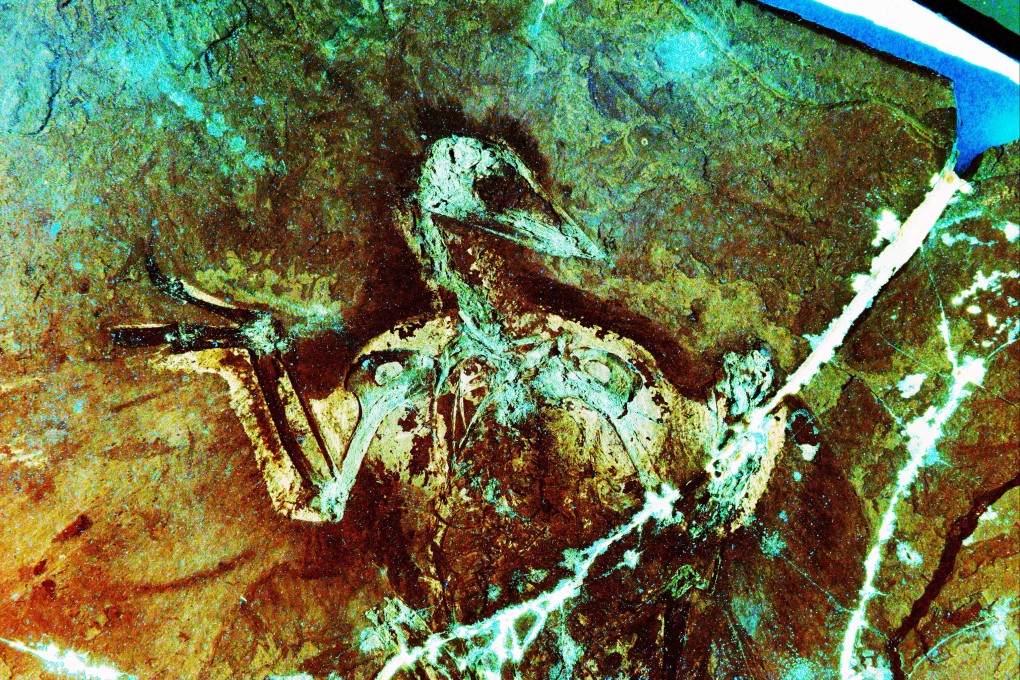Flying dinosaurs vs modern birds: new laser tech helps spot one big difference
- Imaging of soft tissue shows flying dinosaurs used shoulders and chest to power their wings, unlike today’s birds which just rely on chest muscles
- First bird example with ‘upstroke-enhanced flight’ is named after Chinese philosopher Confucius

The world’s first flying dinosaurs stayed aloft with a different muscle system than today’s birds, an international team of scientists has confirmed using advances in laser technology.
The team said the early birds used their shoulder muscles to lift their wings and used chest muscles to depress them, unlike modern birds that use only their chest to power their flight stroke.
The researchers said they used new laser imaging technology to study the soft tissue of fossil specimens to confirm a hypothesis that had previously only been based on the analysis of bony fossils and living birds.

In a study led by a researcher from the Chinese University of Hong Kong, the scientists analysed the soft tissue of more than 1,000 fossil specimens housed at the Shandong Tianyu Museum of Nature in China, home to a large collection of feathered dinosaurs and early birds.
“Soft tissues are very rare to find in fossils,” said Michael Pittman, lead author and an assistant professor who specialises in the flight evolution of vertebrates at CUHK’s school of life sciences.
“Using hi-tech laser imaging technology, we were able to reveal soft tissues that were otherwise invisible by studying over 1,000 specimens of feathered dinosaurs and early birds from northeast China.”
The technology involves laser light interacting with fossils in a non-destructive way to show the outline as well as internal and external details of preserved soft tissue.
